
Thanks !
You can pay your premium as monthly instalments or a single annual payment.
$ p/m
($ Total)
Pay your premium
over 12 monthly instalments
$
+ one time setup fee $
Pay annually and save
$ Total
The total includes GST
and government charges
What’s next? You’ll need to provide some documents and photos of your jewellery items
Want to read over the fine print? Check out our PDS here.
Have some questions? We would love to hear from you.

Thank You!
Your application has now
been submitted
Our team will be in contact with you
shortly via phone or email with the
next steps
Have some questions? We would love to hear from you.

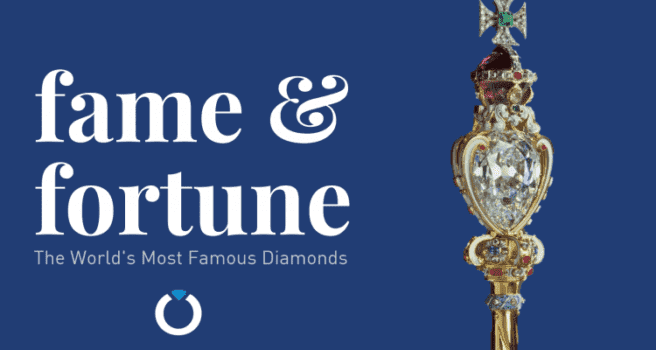
If you had all the riches in the world, what would you buy? We would definitely splash our cash on some of the most famous diamonds in the world, like The Star of Africa or even The Regent Diamond if we were feeling truly brave.
The Blue Hope Diamond
Don’t be fooled by the name. It’s rather unlucky if the huge Blue Hope Diamond falls into your possession. Named after its owner from the 1930s, Henry Phillip Hope, the diamond acquired a reputation for bad luck while in his possession. Shortly after the British gem collector obtained the diamond, the Hope family fell into extreme debt and was forced to sell the 45.52-carat diamond. From that point onwards, it was believed that owners of the diamond will be struck with bad luck and misfortune. Today the Blue Hope can be found in the Smithsonian Institute’s National Museum of Natural History. It was last reportedly insured for a monstrous $250 million USD.
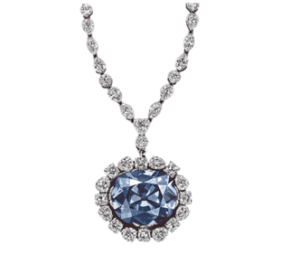
Figure 1: Blue Hope Diamond. Source: The Smithsonian Institute Website.
The Regent Diamond
They say money equals power. This can definitely be said for the Regent Diamond, which has a rich past involving a number of powerful historical figures. Famous owners of The Regent include Napoleon Bonaparte, who had it set in the hilt of his sword. Discovered in India in 1698, it was purportedly stolen by a British governor of Madras from the slave who found it. The rough 426-carat stone was eventually shipped to England, where it took a total of two years to transform into the beautiful 141-carat Regent Diamond known today. In 1717 the stone was purchased by Philippe d’Orléans, regent of France, where it acquired the name ‘The Regent’. It has since remained in the hands of the French royal family until recently when it went on display at the Louvre in 1887.
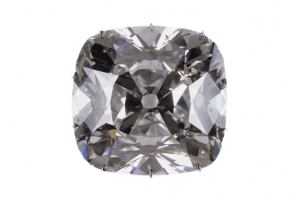
Figure 2: The Regent Diamond. Source: The Louvre Official Website.
Koh-I-Noor
The Koh-I-Noor, also known as the mountain of light, is one of the largest diamonds in the world, weighing in at a hefty 105.6 carats. In addition to its incredible size, it also has one of the longest histories of any famous diamond, with its narrative dating back to 1304. Over time it changed hands with various Mongol, Persian and Indian rulers before falling into the possession of the British Royal Family. The stone is said to bring its male owner great power at a cost. Nowadays, only female members of the royal family wear the Koh-I-Noor as it is believed men who wear the diamond will be cursed with misfortune and untimely death.
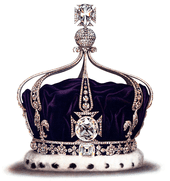
Figure 3: Koh-I-Noor set in Queen Mary’s crown. Source: The Crown Jewels of England (1919).
The Cullinan
The Cullinan is the largest gem-quality rough diamond ever found. The 3106.75-carat stone was discovered in the Transvaal, South Africa, in 1905 and sparked public interest as it was 2-3 times larger than any diamond previously found. Despite several bids, the stone took two years to sell and was eventually purchased by the Transvaal Colony government as a gift for King Edward VII in 1908. The Cullinan Diamond was later cut into nine major stones – the most famous being the Star of Africa.
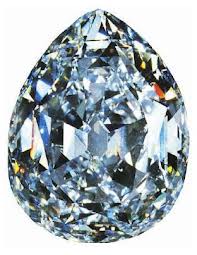
Figure 4: The Cullinan I: A smaller stone cut from the rough diamond. Source: Cullinan-Diamond Website
The Star of Africa
The Star of Africa is the largest stone produced from the Cullinan Diamond. The diamond can be found in the Tower of London among the Crown Jewels, where it is set in the head of the British Sceptre. The stone is removable and can be paired with Cullinan II to form a brooch often worn by Queen Mary.
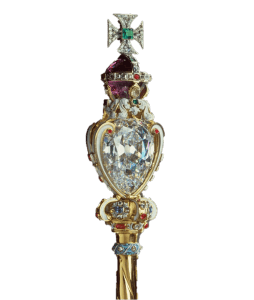
Figure 5: The Star of Africa set in the Royal Sceptre. Source: Cape Diamond Museum Website
The Excelsior Diamond
Prior to the discovery of the Cullinan Diamond, the Excelsior Diamond was the largest known uncut diamond ever found. Famous for its blue-white colour, the Excelsior weighed approximately 995-carat before it was later cut into 21 smaller stones. Three of these stones were purchased by none other than jewellery connoisseurs Tiffany & Co.
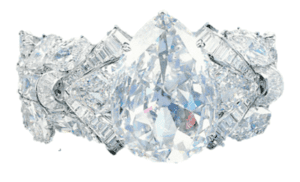
Figure 6: The Excelsior I set in a diamond bracelet.
Inspired by the world’s most sought-after diamonds? Insure your most prized diamond in a matter of minutes. Click HERE to get a quote.